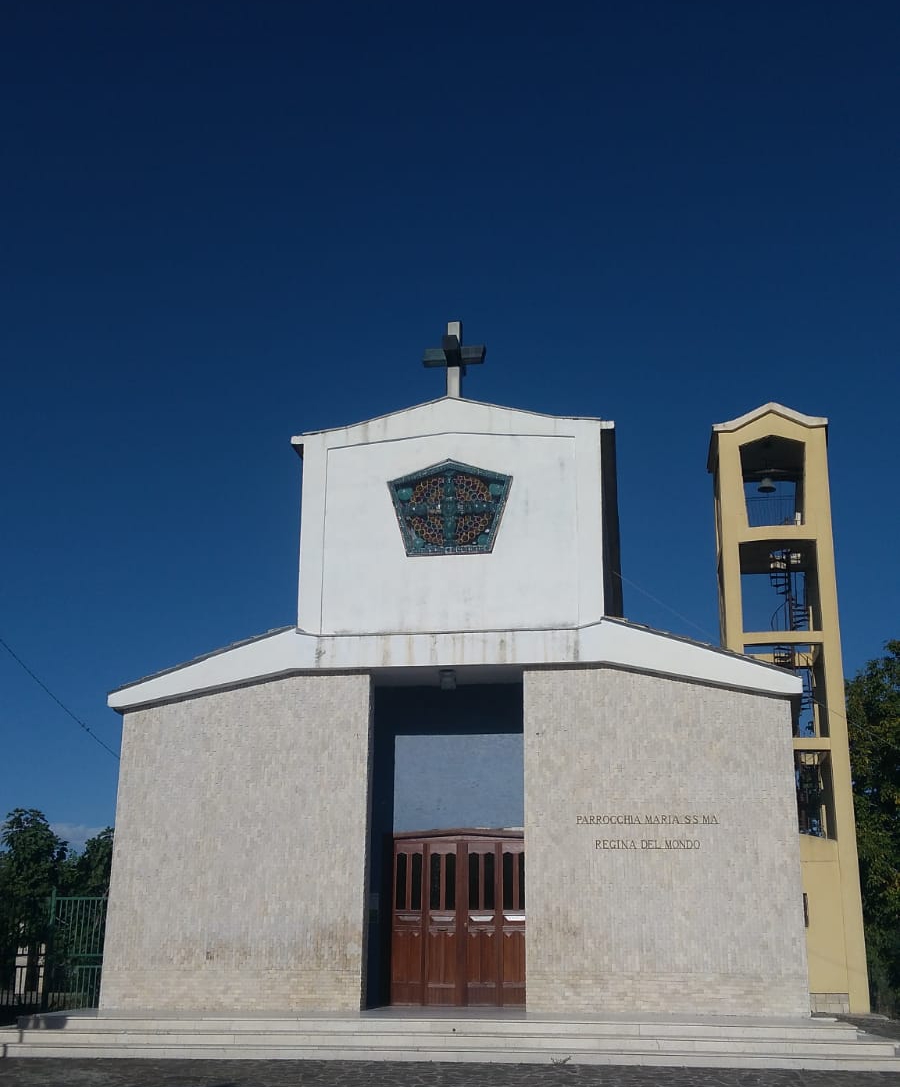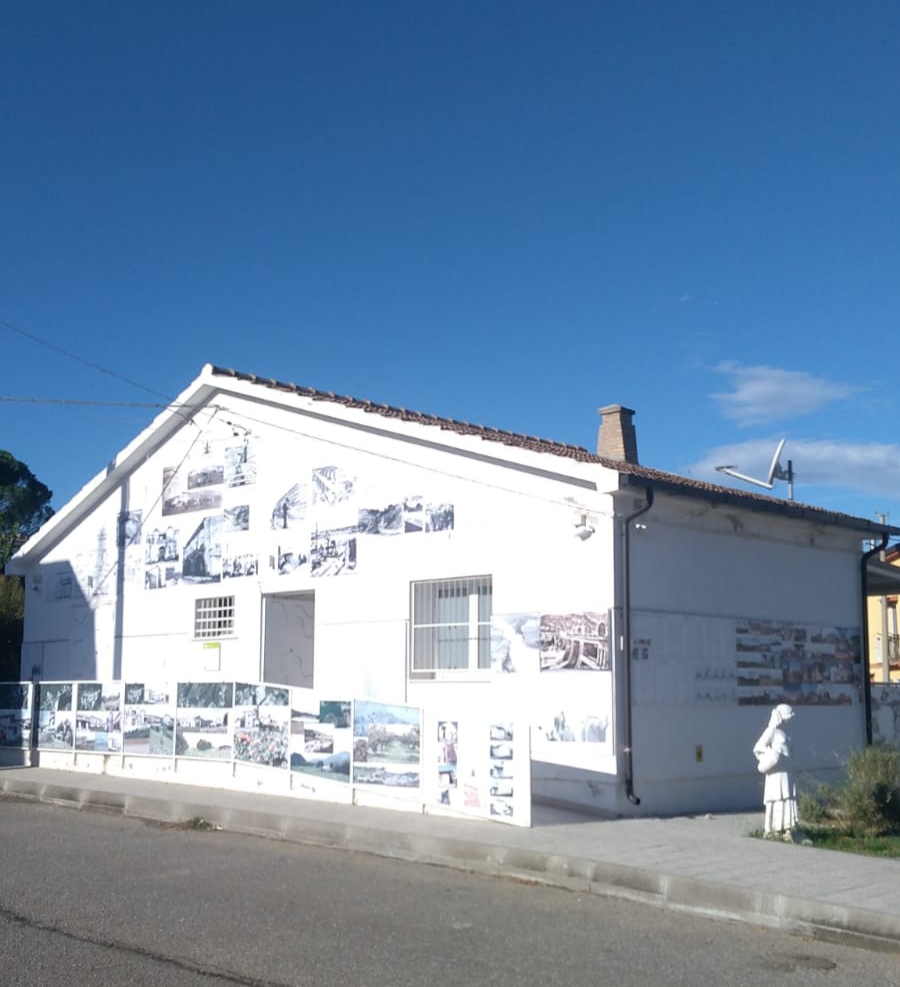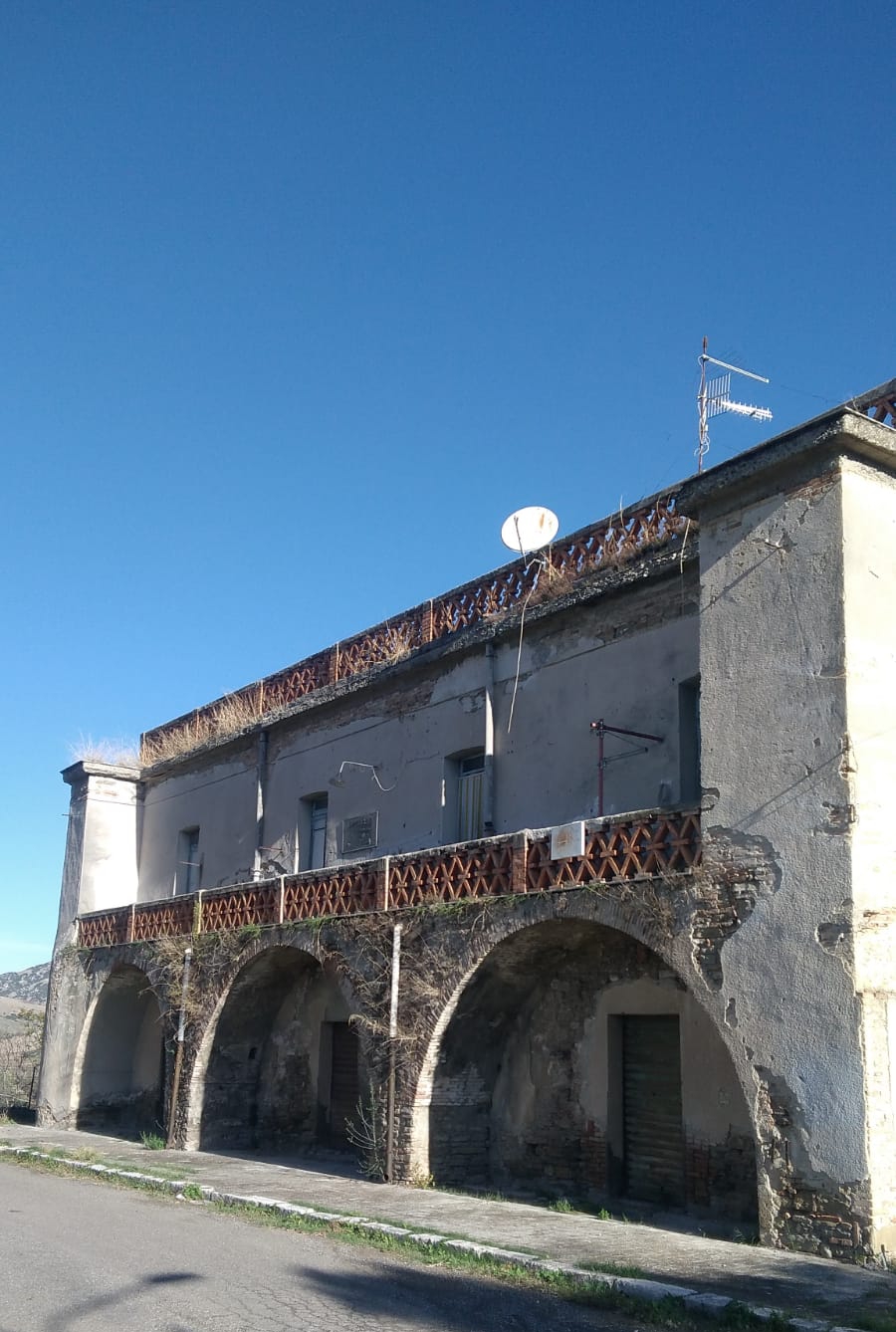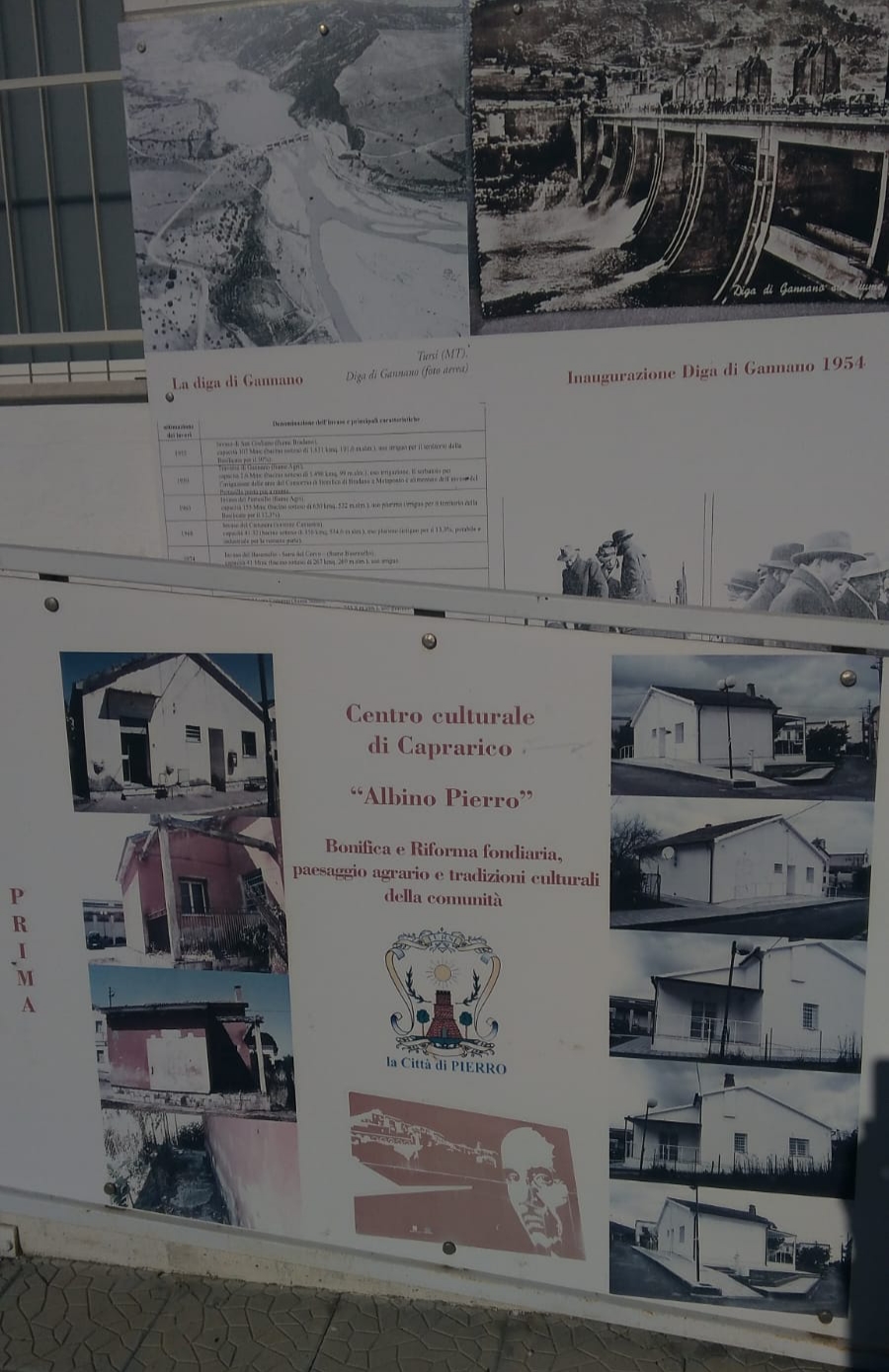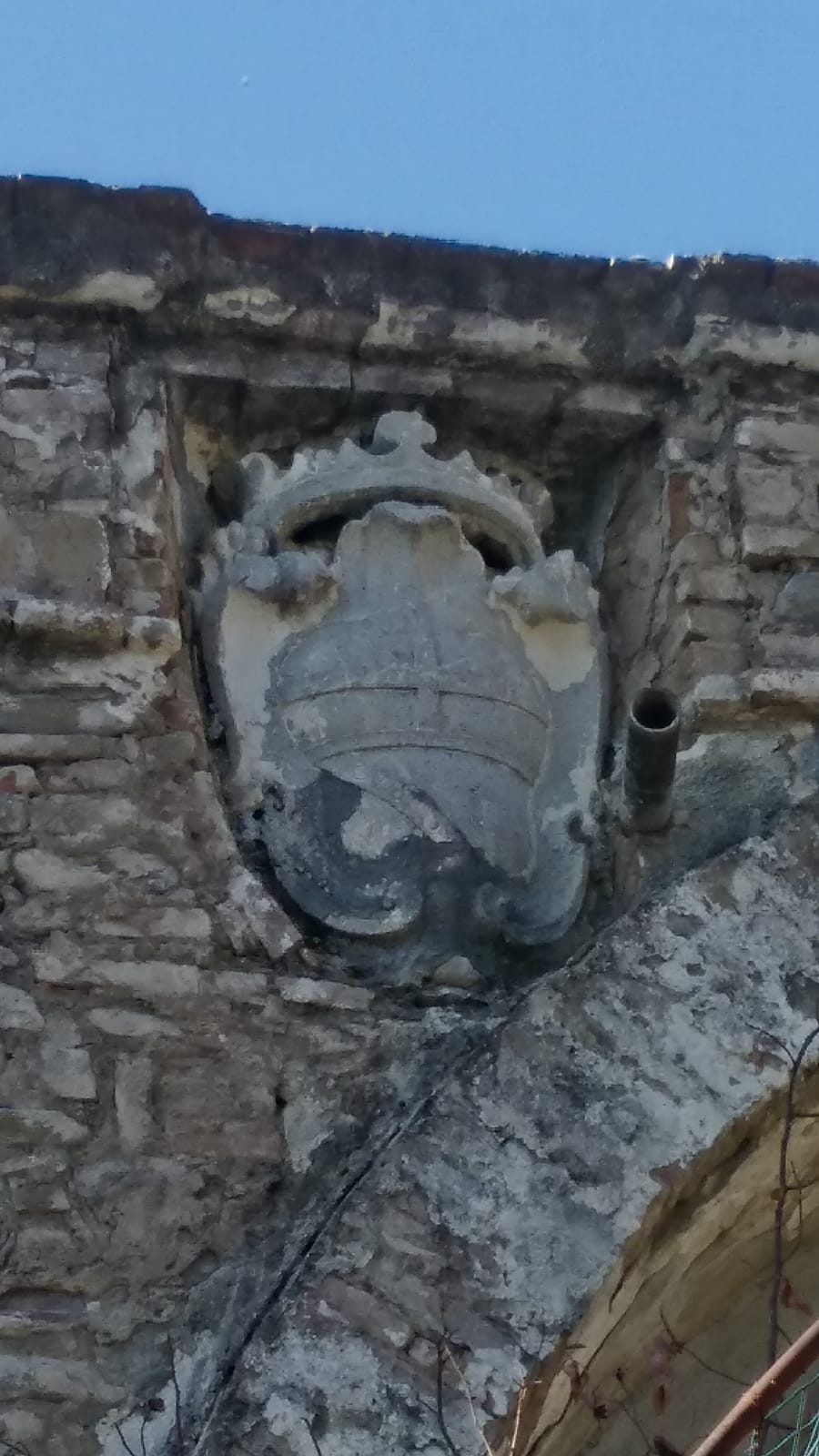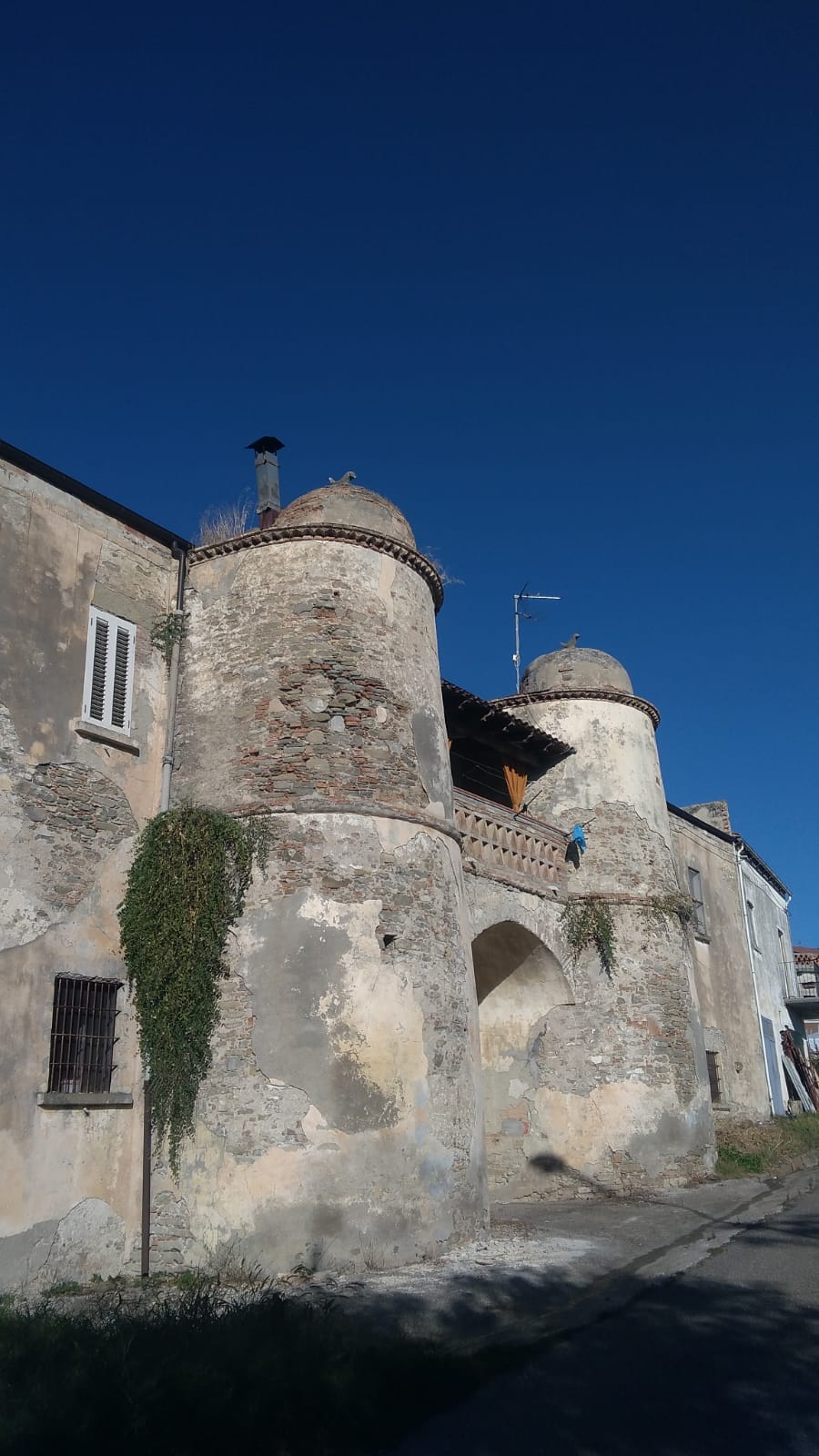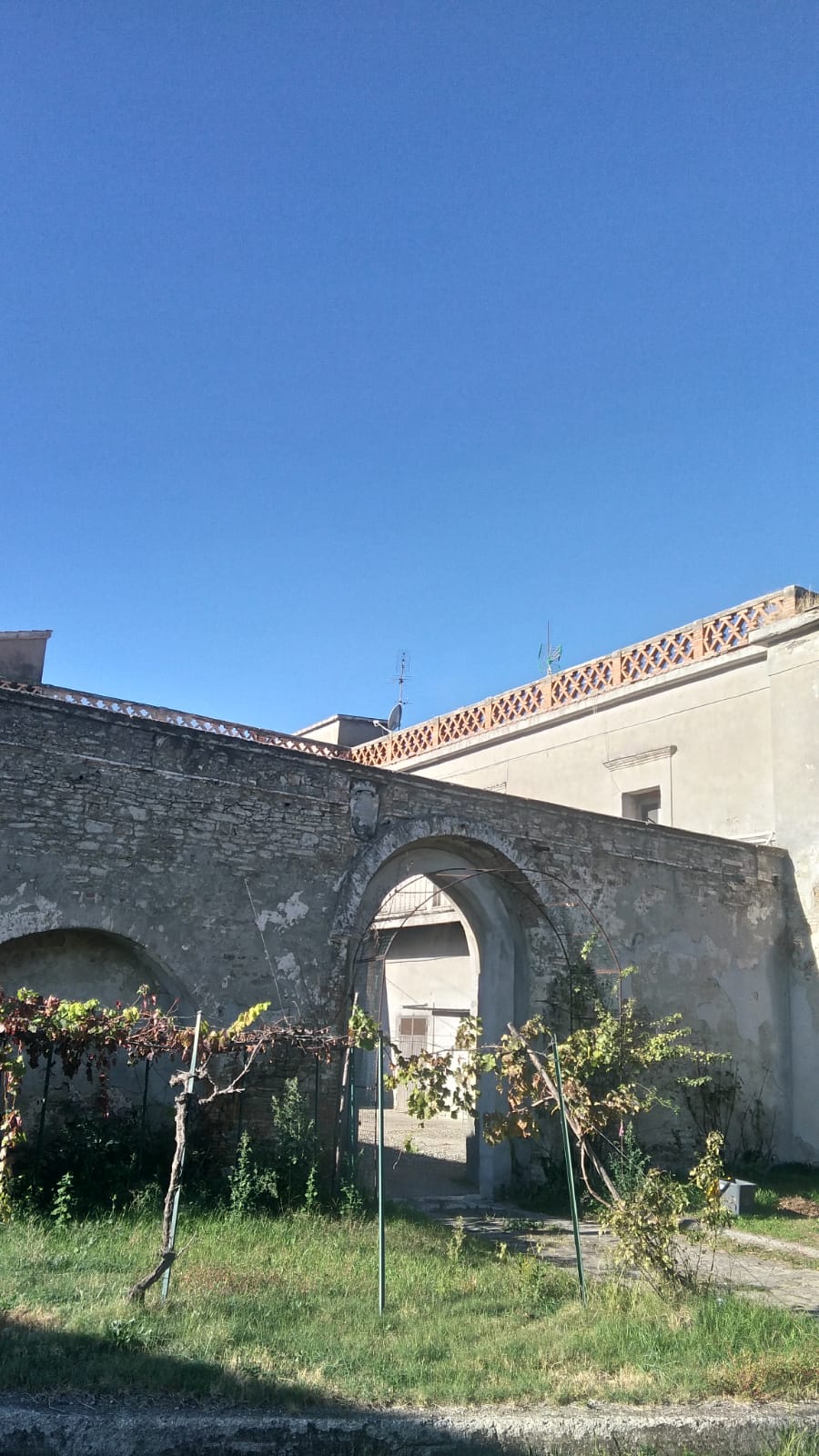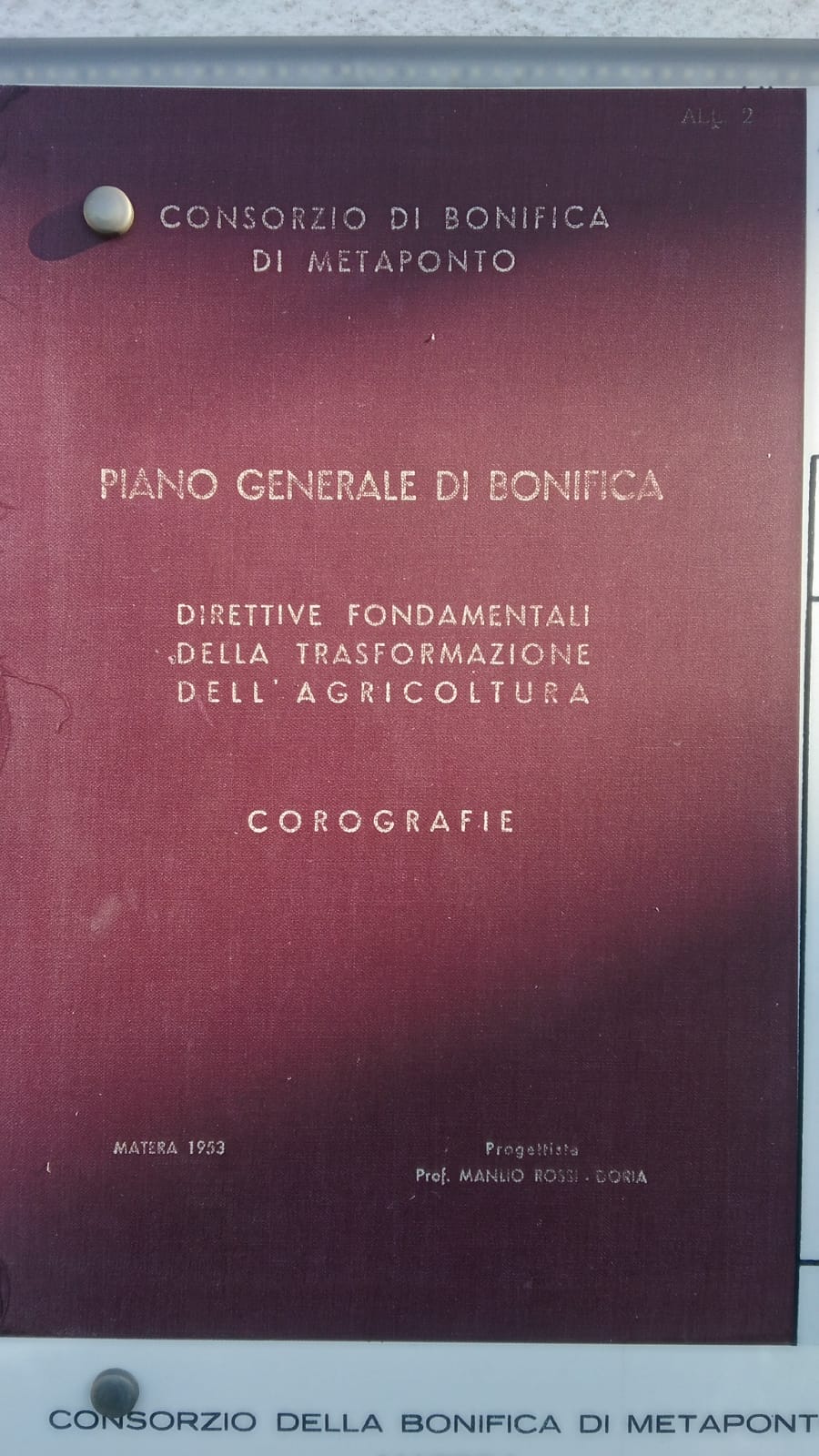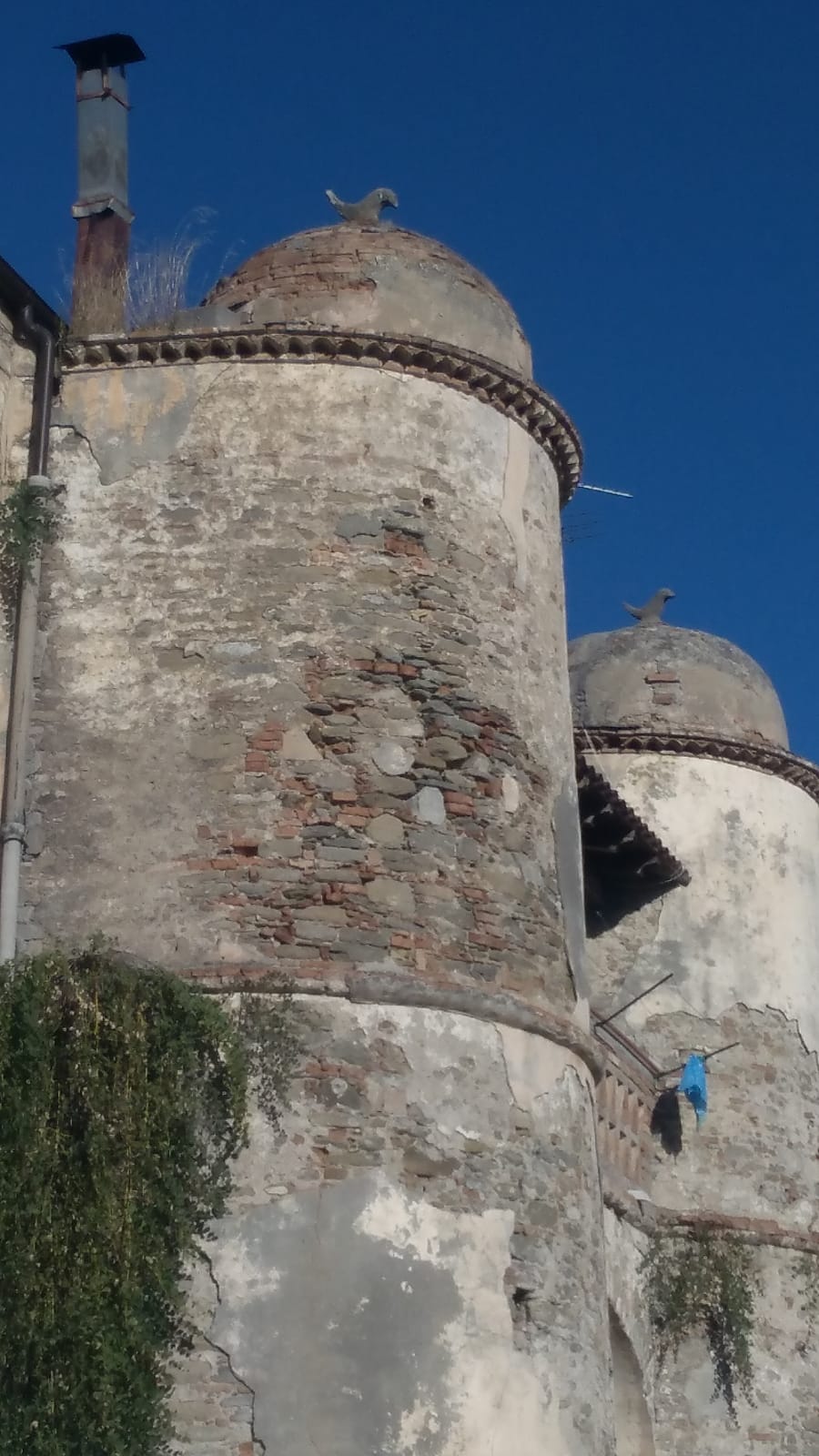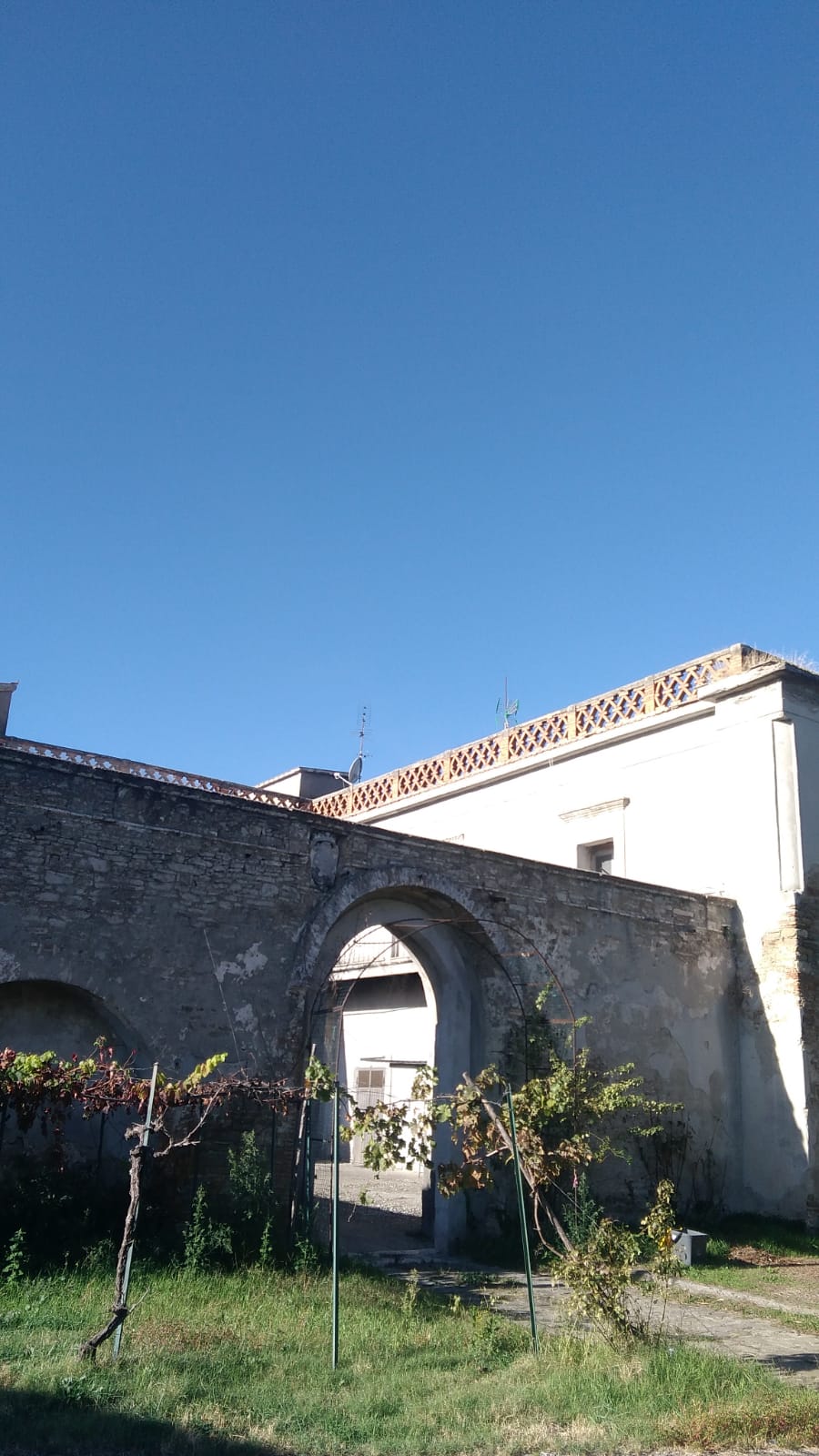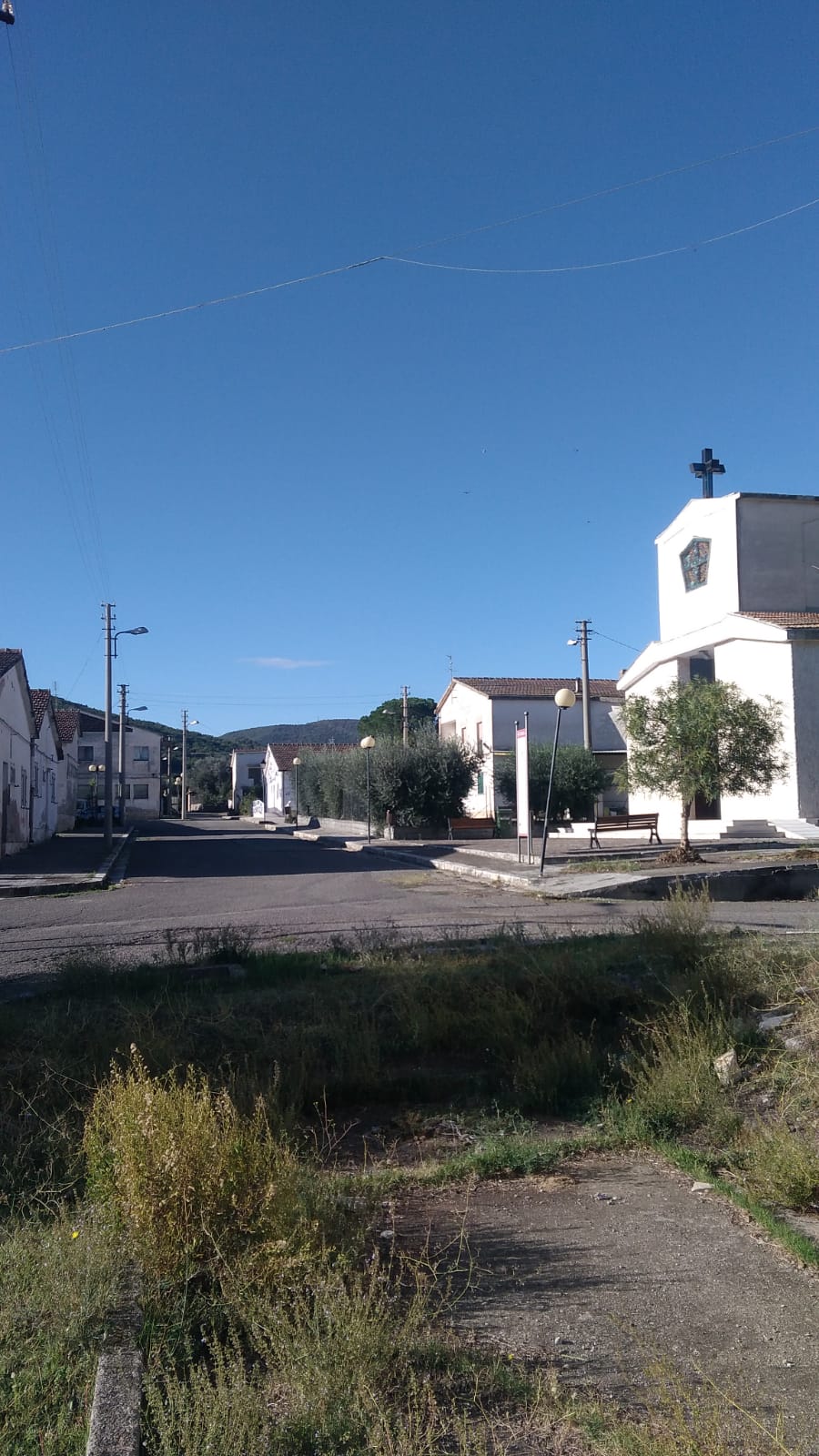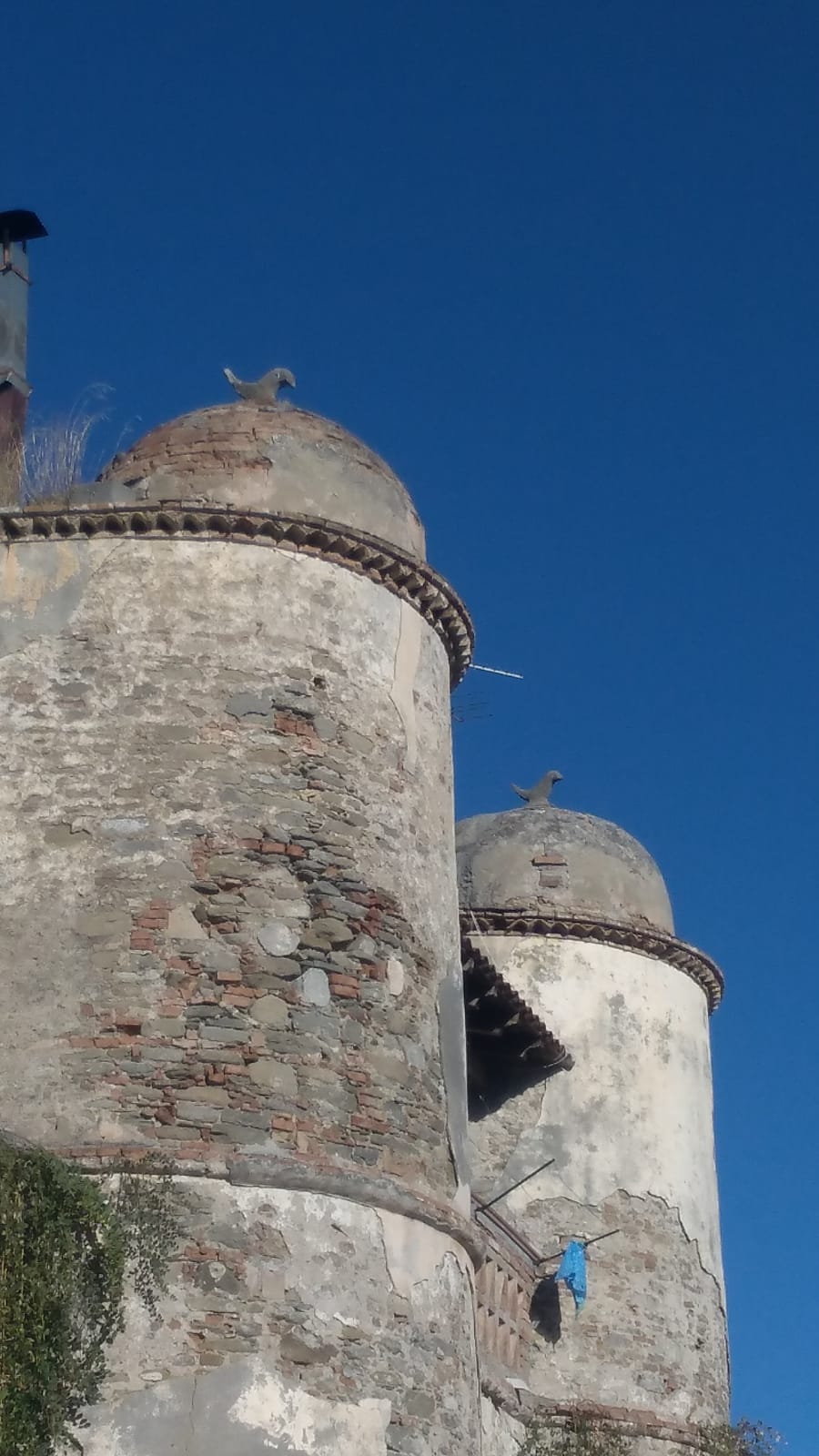Caprarico
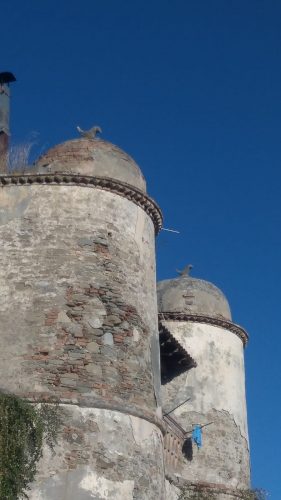
THE VILLAGE OF CAPRARICO
The rural village of Caprarico (whose name properly means: place rich in goats) is part of that portion of the territory of Tursi, which extends geographically up to the Val d’Agri. It has always had a strategic position, being on the Agri river, and the ancient Roman road that led from Metaponto to Grumento and then in the direction of Potenza or Salerno passed through here.
Today the village represents what remains of the Agrarian Reform, seventy years later, with its lights and shadows. The Reformation allowed the redemption of farmers, who saw lots of land expropriated assigned to large landowners, land reclamation, which improved the productivity of the land, and the construction of rural houses.
The construction of the Gannano dam (which was financed by the Marshall plan), whose first stone was laid in February 1949 by the agriculture minister Antonio Segni, allowed the waters of the Agri river to be blocked.
The historical events of Caprarico are linked to the noble Milanese family of Donnaperna, "Marquis of Colobraro, Barons of Pomarico, Calvera, Teana, Carbone, owners of the estates of Scanzano and Caprarico".
It is learned that, in 1690, Julius Caesar Donnaperna rented the Caprarico Nuovo farm (part of the feudal property of Tursi) from the Duke Giovanni Andrea Doria for the extension of 1520 tomoli. This farm was suitable for the cultivation of wheat, cotton wool, a very small part suitable for grazing and an unproductive part (570 tomoli) being clayey and covetous.
After six years of rent, Giulio Cesare Donnaperna had made almost all 900 grazing tomoli cultivable. He had planted orchards with fig trees, olives, citrus fruits, peaches, he had a <<casino>> (the current Caprarico palace) built, a chapel and stables.
These improvements led to conflicts between the two noble families that lasted over fifty years, which ceased in 1769 with the stipulation, in Genoa, of a perpetual lease contract to be renewed every 29 years. Subsequently Julius Caesar and his son Baldassarre also rented the Caprarico Vecchio farm covering 1,500 tomoli (also largely wild and wooded) making it cultivable for over 1000 tomoli.
The Donnaperna must be acknowledged for having made these lands cultivable, previously mostly uncultivated. They fenced off lands that could not be made cultivable, creating a large hunting reserve, famous in neighboring countries, where the most sought-after prey was wild boar.
At the beginning of the twentieth century, the honorable Vincenzo Mendaia, originally from Roccanova, bought a part of the Palazzo dei Donnaperna at auction, activating the post office. The last tenant was the grandson of Marino De Bartolomeis himself.
Il borgo rurale di Caprarico (il cui nome significa propriamente: luogo ricco di capre) fa parte di quella porzione del territorio di Tursi, che si estende geograficamente fino ad arrivare sulla Val d’Agri. Esso ha sempre avuto una posizione strategica, trovandosi sul fiume Agri, e passava di qui l’antica via romana che da Metaponto portava a Grumento e quindi in direzione di Potenza o Salerno.
Oggi il borgo rappresenta quello che rimane della Riforma Agraria, a settant’anni di distanza, con le sue luci ed ombre. La Riforma permise il riscatto dei contadini, che si videro assegnati lotti di terreni espropriati ai grandi latifondisti, la bonifica del territorio , che migliorò la produttività dei terreni, e la costruzione delle case rurali.
La costruzione della diga di Gannano (che venne finanziata dal piano Marshall), la cui prima pietra venne posata nel febbraio del 1949 dal ministro dell’agricoltura Antonio Segni, permise lo sbarramento delle acque del fiume Agri.
Le vicende storiche di Caprarico sono legate alla nobile famiglia milanese dei Donnaperna , “Marchesi di Colobraro, Baroni di Pomarico, Calvera, Teana, Carbone, possessori delle tenute di Scanzano e Caprarico”.
Si apprende che, nel 1690, Giulio Cesare Donnaperna prese in fitto dal duca Giovanni Andrea Doria la masseria di Caprarico Nuovo (facente parte del demanio feudale di Tursi) dell’estensione di 1520 tomoli. Questa masseria era atta alla coltivazione del grano, della bambagia, una piccolissima parte idonea al pascolo e parte improduttiva (570 tomoli) essendo argillosa e calancosa.
Dopo sei anni di fitto, Giulio Cesare Donnaperna aveva reso coltivabile quasi tutti i 900 tomoli di pascolo. Aveva impiantato frutteti con piante di fichi, olive, agrumi, pesche, aveva fatto costruire un <<casino>> (l’attuale palazzo di Caprarico), una cappella e stalle.
Tali migliorie portarono conflitti tra le due famiglie nobili che durarono oltre cinquant’anni, le quali cessarono nel 1769 con la stipula, in Genova, di un contratto di enfiteusi perpetua da rinnovarsi ogni 29 anni. Successivamente Giulio Cesare e suo figlio Baldassarre presero in fitto anche la masseria di Caprarico Vecchio dell’estensione di 1500 tomoli (anche questa in gran parte selvaggia e boscosa) rendendola coltivabile per oltre 1000 tomoli.
Bisogna dare atto ai Donnaperna di aver reso coltivabili queste terre, in precedenza per la maggior parte incolte. Recintarono le terre che non poterono rendere coltivabili, creandovi una grande riserva di caccia, famosa nei paesi vicini, dove la preda più ambita era il cinghiale.
Agli inizi del Novecento l’onorevole Vincenzo Mendaia, originario di Roccanova, acquistò all’asta una parte del Palazzo dei Donnaperna facendovi attivare l’ufficio postale. L’ultimo tenutario fu il nipote dello stesso Marino De Bartolomeis.
